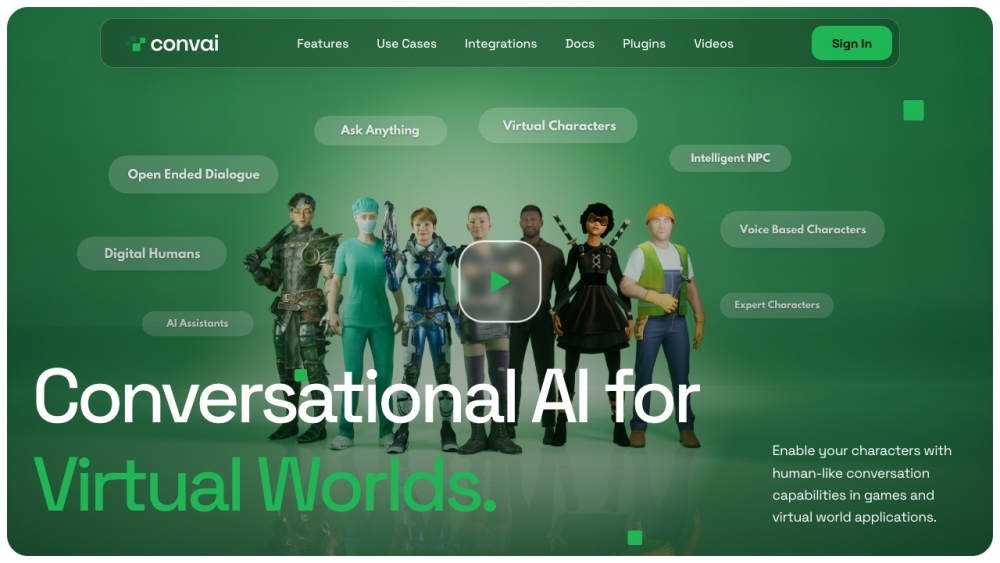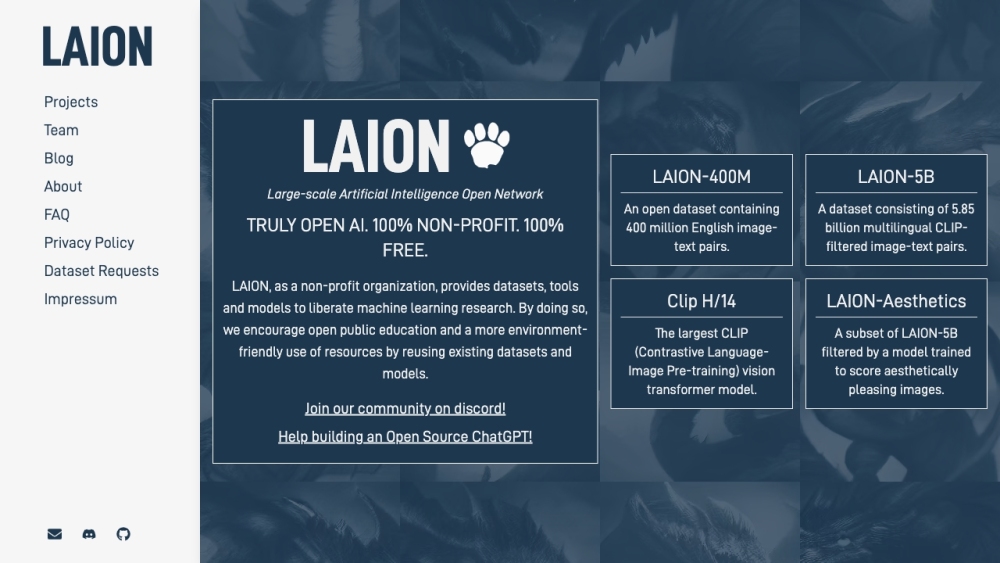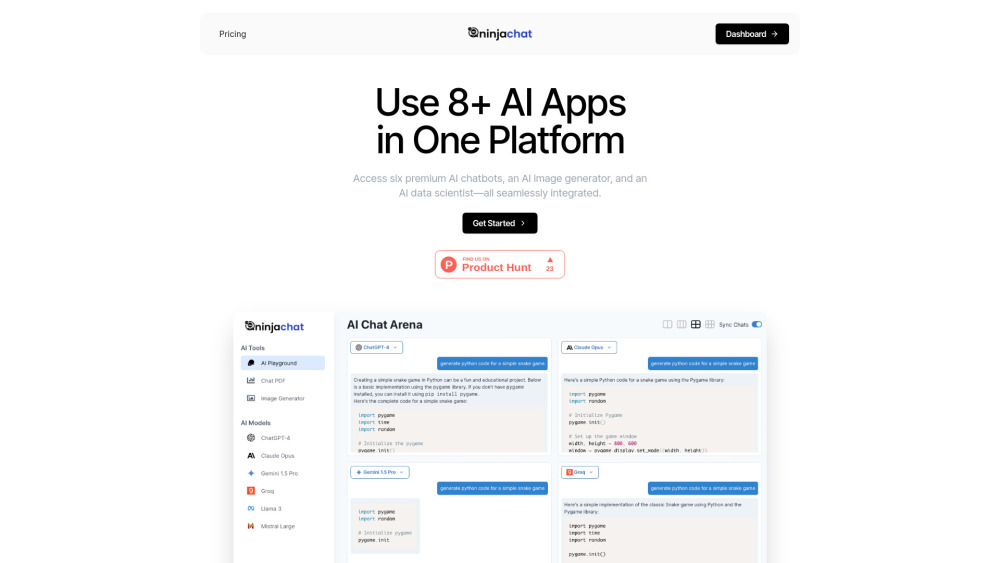Will AI Automate Human Jobs? Exploring Which Roles May Be Affected and When
A new study from MIT’s Computer Science and Artificial Intelligence Laboratory (CSAIL) aims to address a pressing question: Will AI automate human jobs, and if so, which ones and when?
Numerous forecasts have attempted to predict the impact of current AI technologies—such as large language models—on employment and economic landscapes. Goldman Sachs estimates that AI could automate 25% of the labor market in the coming years, while McKinsey projects that nearly half of all work could be AI-driven by 2055. A collaborative survey from the University of Pennsylvania, NYU, and Princeton suggests that ChatGPT alone could influence up to 80% of occupations. Additionally, a report from Challenger, Gray & Christmas indicates that AI is already replacing thousands of jobs.
In this study, the MIT researchers aimed to expand beyond “task-based” comparisons, focusing instead on how feasible it is for AI to assume specific roles and whether businesses are likely to adopt AI solutions over human workers. Surprisingly, they found that many jobs deemed at risk of AI displacement may not be "economically beneficial" to automate—at least for now.
"The key takeaway is that the anticipated disruption from AI might occur more gradually and less dramatically than some experts suggest," explained Neil Thompson, a research scientist at MIT CSAIL and co-author of the study. "We see significant potential for AI to take over tasks, but many of these tasks are not yet economically viable to automate."
It's essential to note that the study focused solely on jobs requiring visual analysis, such as quality checks in manufacturing. The researchers did not explore the potential effects of text- and image-generating models like ChatGPT and Midjourney, which they plan to address in future research.
To gather insights, the researchers surveyed workers to determine the capabilities an AI system would need to replace their jobs entirely. They also modeled the costs associated with creating such an AI system and assessed whether "non-farm" U.S.-based businesses would be willing to invest in both the initial and ongoing costs.
The study illustrates this with the example of a baker. According to the U.S. Bureau of Labor Statistics, a baker spends approximately 6% of their time on quality checks—tasks that AI could automate. A bakery with five bakers, each earning $48,000 annually, could save $14,000 by automating food quality checks. However, the study estimates that deploying a basic AI system for this task would cost around $165,000 upfront, plus $122,840 annually for maintenance—figures that remain on the conservative side.
"Only 23% of the wages paid to humans for visual tasks would make it economically attractive to automate using AI," Thompson noted. "For these specific roles, humans remain the more cost-effective option."
While the study does consider low-cost, self-hosted AI systems like those from vendors such as OpenAI, the researchers found that even a system costing as little as $1,000 may not justify the economic decision for many low-wage, multitasking roles to be automated.
The researchers state, "Even within vision tasks, we find that the rate of job loss is lower than what has already occurred in the economy. Even with a rapid cost reduction rate of 20% annually, it could take decades for computer vision tasks to become economically efficient for companies."
This study acknowledges several limitations. For one, it doesn't evaluate scenarios where AI could augment human labor rather than replace it (e.g., analyzing an athlete's golf swing) or create new job opportunities (e.g., maintaining AI systems). It also fails to account for cost savings from pre-trained models like GPT-4.
Some may question whether the researchers faced pressure to reach specific conclusions from their backer, the MIT-IBM Watson AI Lab, especially given IBM's vested interest in presenting AI in a non-threatening light. However, the researchers assure that their findings are independent.
"Our motivation stems from the success of deep learning across various tasks and the need to understand its implications for job automation," Thompson stated. "For policymakers, our results underline the importance of preparing for AI job automation. However, they also reveal that this process will take years, if not decades, allowing time for the development of policy initiatives. For AI researchers and developers, this work highlights the need to reduce AI deployment costs and broaden their applications to make them economically viable for automation."
The findings shed light on the nuanced landscape of AI’s impact on the labor market, indicating that while automation will likely increase, the pace and scope of job displacement remain uncertain.




